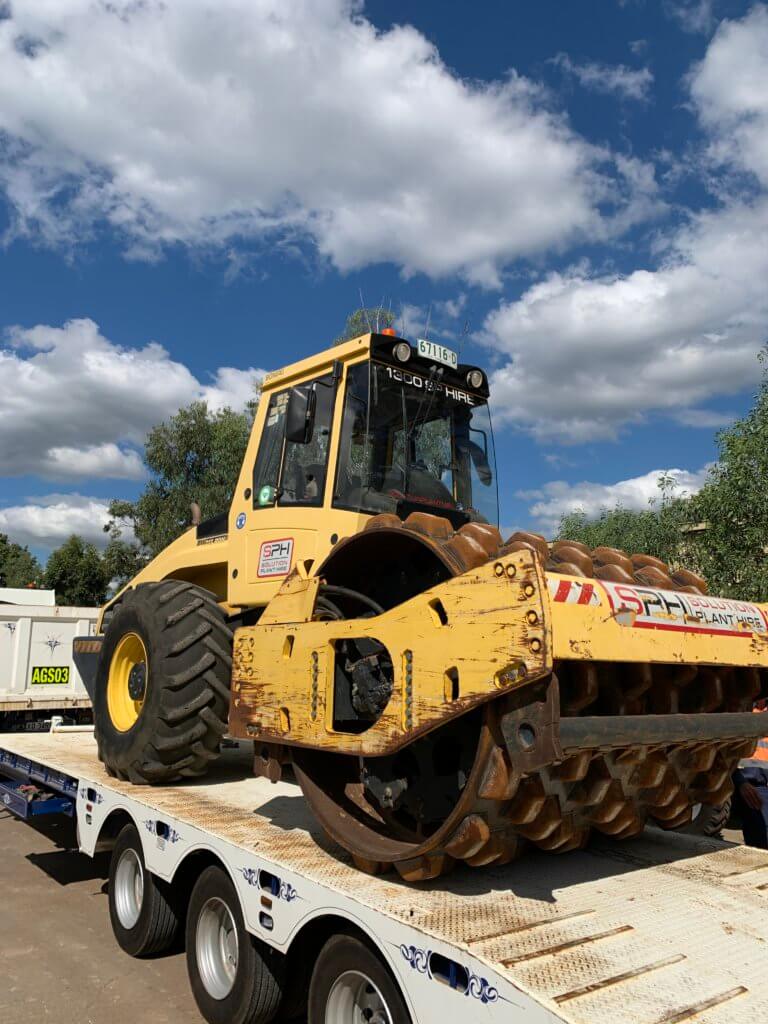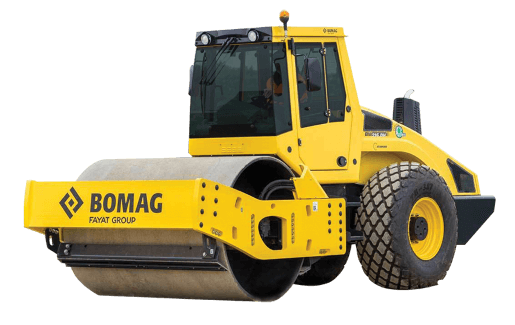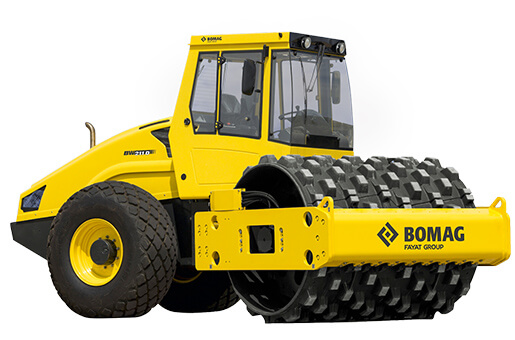
Rolling is an essential part of many different industries, but it can be difficult to find the right rollers for your specific needs. The right type of roller will depend on several factors, including budget, size and weight restrictions, application type and more. This article will cover some of the most common types of industrial rolling equipment available today so that you can choose the right tool for your particular job. The reality is roller hire doesn’t need to be complicated. You just need to know what you’re looking for and have a supportive, helpful hire company on your side.
Let’s take a more detailed look at rollers.
What are rollers used for?
Rollers are used in construction, mining and road construction projects. They are also used in the quarrying industry to compact granular materials such as sand and gravel. The direct pressure applied by heavy rollers helps to essentially crush loose materials down, making them dense.
For example, when building new roads, the foundation must be rolled to ensure the ground is compact before the laying of bitumen or asphalt. The same applies to the foundations of large construction sites.
Like all machinery and equipment, there are different types of rollers suited to different applications.
Different types of rollers
Rollers are one of the most common types of plant equipment, particularly in large developments such as car parks, shopping centres, roads and much, much more. When an area of earth needs to be heavily compacted for construction, the best machine is a roller.
However, depending on the type of landscape you’re working in, there are different rollers to choose from. Let’s take a look at some of the most common types of rollers.
Drum rollers

Drum rollers are also referred to as smooth rollers. These rollers consist of large, smooth steel drums that impact, vibrate and press materials such as sand, ballast and gravel. Typically, they come with either a single or double roller. A single roller has one drum at the front and usually two wheels at the back (however, this configuration can sometimes be reversed, with the drum at the back). A double roller has one drum at the front and another at the rear.
Double rollers are effective in the sense that they make compaction faster. The drawback is that without tyres, a double roller often lacks stability and traction. Single rollers are better for manoeuvring and have great traction, but don’t always have the force required for heavy-duty compaction work.
Smooth rollers don’t work as well on softer surfaces; however, they are more effective on sand than pad foot rollers.
Pad foot rollers

Pad foot rollers aren’t drastically different from drum rollers, but they do have one major distinction. Rather than the drum being completely smooth, it has serrated bumps that can compress materials deeper into the ground. These bumps provide more force at every point of contact. This creates a type of ‘kneading’ process, which is extremely effective, provided you’re using the machine on the right soil.
Ideally, these machines should be used for silty or heavier soil, even clay. However, they aren’t perfect for sandy surfaces because the serrated bumps almost till the soil rather than compacting it.
Multi tyre rollers
Rather than a large steel drum or a drum with serrated protrusions, multi-tyre rollers have multiple tyres used for compacting earth. Many people favour them over drum and pad foot rollers, and they are used heavily in road construction.
Depending on the type of surface you’re working on, multi-tyre rollers offer more uniform compaction than steel rollers. They also won’t break the surface up as much as a pad foot roller. Some would suggest that, overall, they provide better compaction than the previously discussed models. However, it really comes down to the surface you’re working on and the level of finish you actually require.
Tips for choosing the right roller
Choosing the right roller for your application can be a daunting task. We have put together a few tips to help you make an informed decision:
- Consider the surface: Understanding which rollers are best for different surfaces is crucial.
- The type of project: Drum rollers are better for things like driveways and building foundations. Double drum rollers should be considered for larger areas like car parks. Pad foot roller hire is required when the surface is more clay-based.
- Compliance: Certain jobs need certain levels of compaction and finish, so always understand your responsibilities when choosing a roller.
Ultimately, if you choose the right roller hire company, such as Solution Plant Hire, we can always help you get the perfect roller for your needs.
Need roller hire for your next project?
Get moving with roller hire from Solution Plant Hire. Not only can you get a roller, but also attachments you need. We have a huge range of rollers to choose from, depending on your needs. Plus, all of our machinery is safety-tested and compliant. Great equipment makes all the difference in your project. Contact Solution Plant Hire today and find out how easy roller hire can be.



